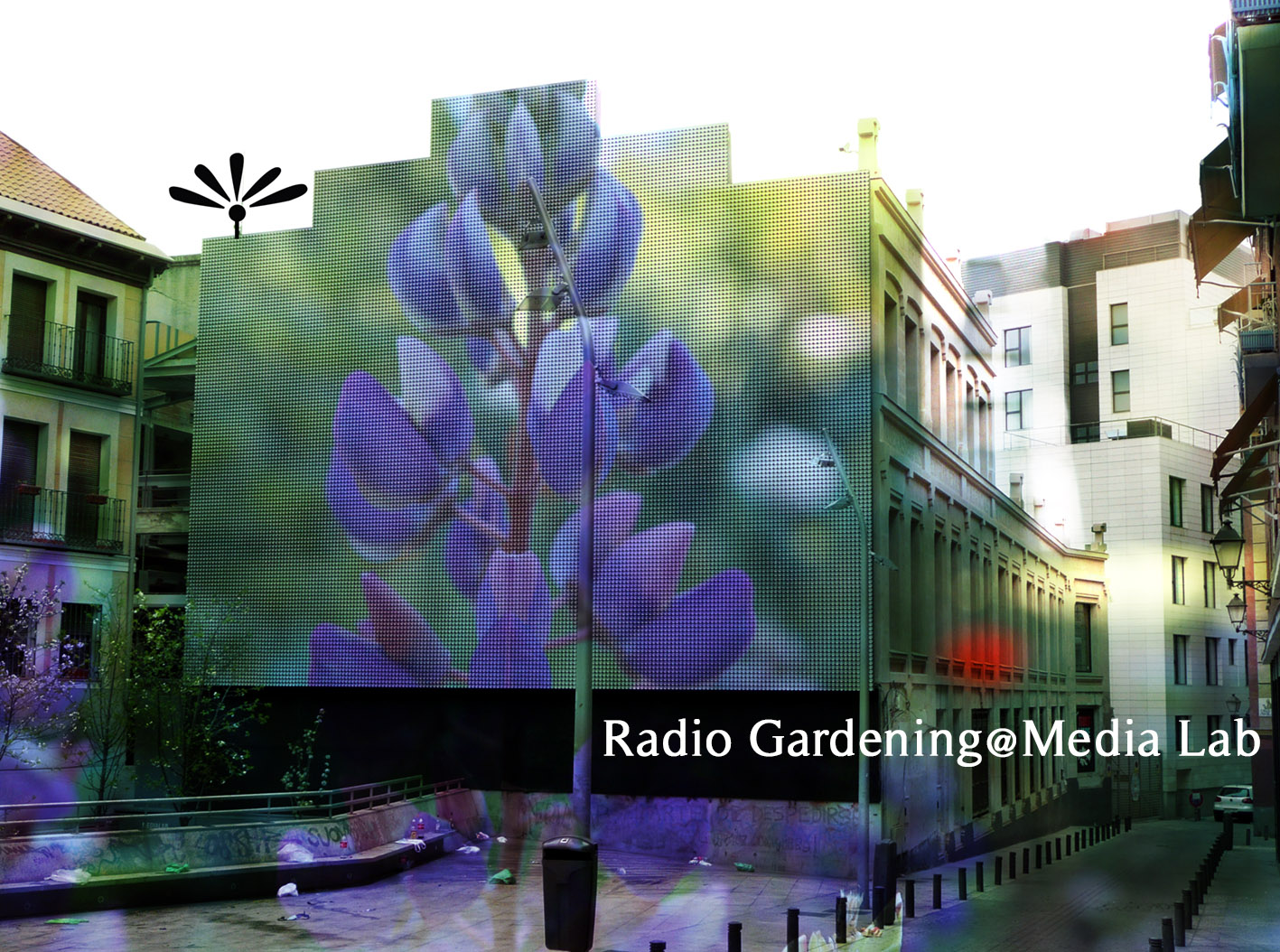
Eva Kurly and Oscar Dominguez at the Hospital de Plantas
(Übersetzung folgt) It’s less than a 20 minutes drive into the western part of Madrid and we reach the community of Pozuelo, famous for its singular „Hospital de Plantas“. As we get out of the car, the air feels different. Humid, a bit „foresty“ with a tinge of swamp. The rain falls softly on my face and onto Eva’s umbrella as we make our way to the entrance of Aula de Educación Ambiental (Húmera).
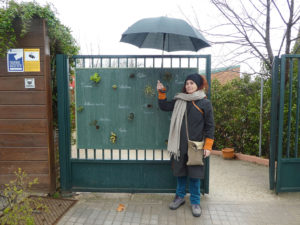
Eva Kurly had worked here for three years and arranged the interview.
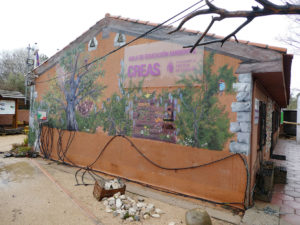
Main office
The area is huge. We walk past greenhouses, wooden office buildings, plots and raised beds, and a geodetic dome used as a surround cinema. One of the educational directives of this place is the fostering of sustainable energies and waste upcycling. We pass a dew collector, solar panels (one in the shape of a giant sunflower, that alines its movement with the course of the sun) and a solar oven.
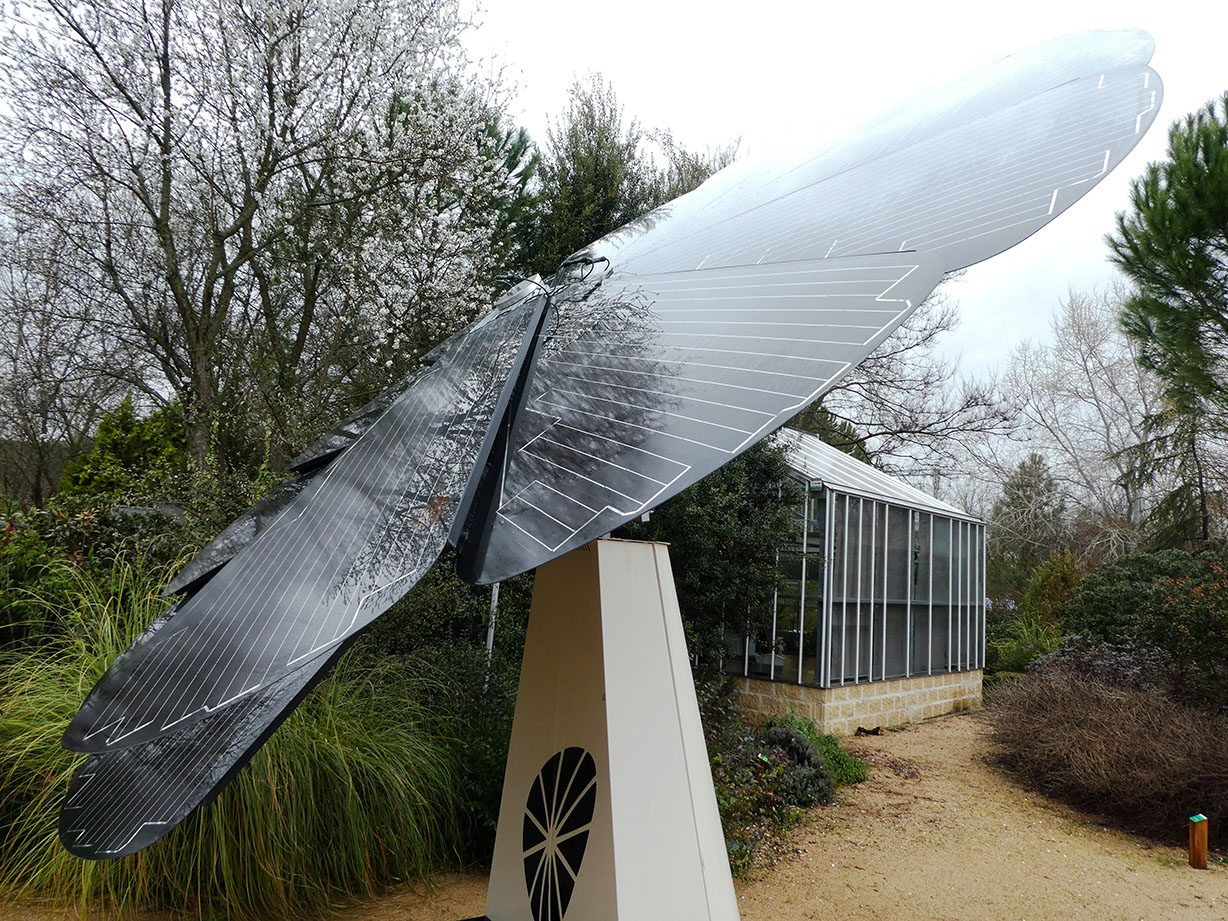
Smart solar energy plant
The fences hold plastic bottles cut out to hold plants of all sorts… due to the season most of them are „wild herbs“. Again much of the work invested into the huertos is done by volunteers and/or within the frame of education classes organized by the municipality.
The Hospital de Plantas is run by Oscar Domínguez, a biologist who teaches about plants and plant deceases at the university. There are regular opening hours once a week at Wednesday 10-2, when the citizens can come and bring their sick plants. A cupboard holds a microscope and various instruments to examine the patients and decide on the treatment.

Patients get a label
Once hospitalized, the length of stay depends on the recovery process. For some plants, this can take up to a year, like in the case of a leafless, shriveled bonsai. Oscar put another case on the „Mesa de tratamiento“, a deplorable looking orchid in possession of none but one (broken) areal root. He points at some knobs in the centre of the plant. There is still hope, he says.
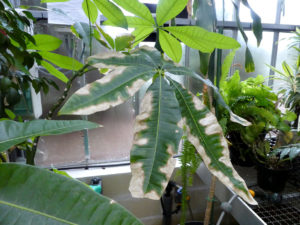
A classical patient
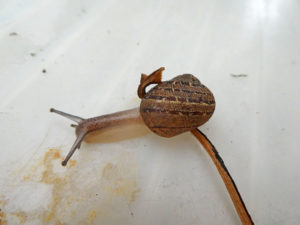
A snails sails across the table. It will be put out into the open
With such a long stay, I ask, how often does it happen that the owners won’t fetch their plants back?
Often, Oscar says. People just give up too easily. They are not used to care for plants in a sincere way.
Yet, if a person cannot take care of a plant, this shows that this person is also neglecting his or her own personality, or at least part of it.
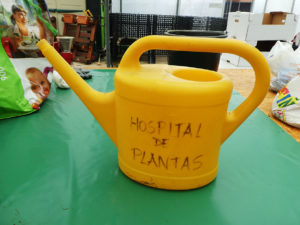
Hospital watering can
Our conversation, facilitated by Eva’s translation, consequently drifts to the psychological impacts of plant ownership and care. Older people for example would often prefer plants that are easy to care for and grow rather slowly while young people love quick growth and plants that produce an abundance of colors both in leaves and flowers.
– The interview is presently in the process of editing and will be online in due time –
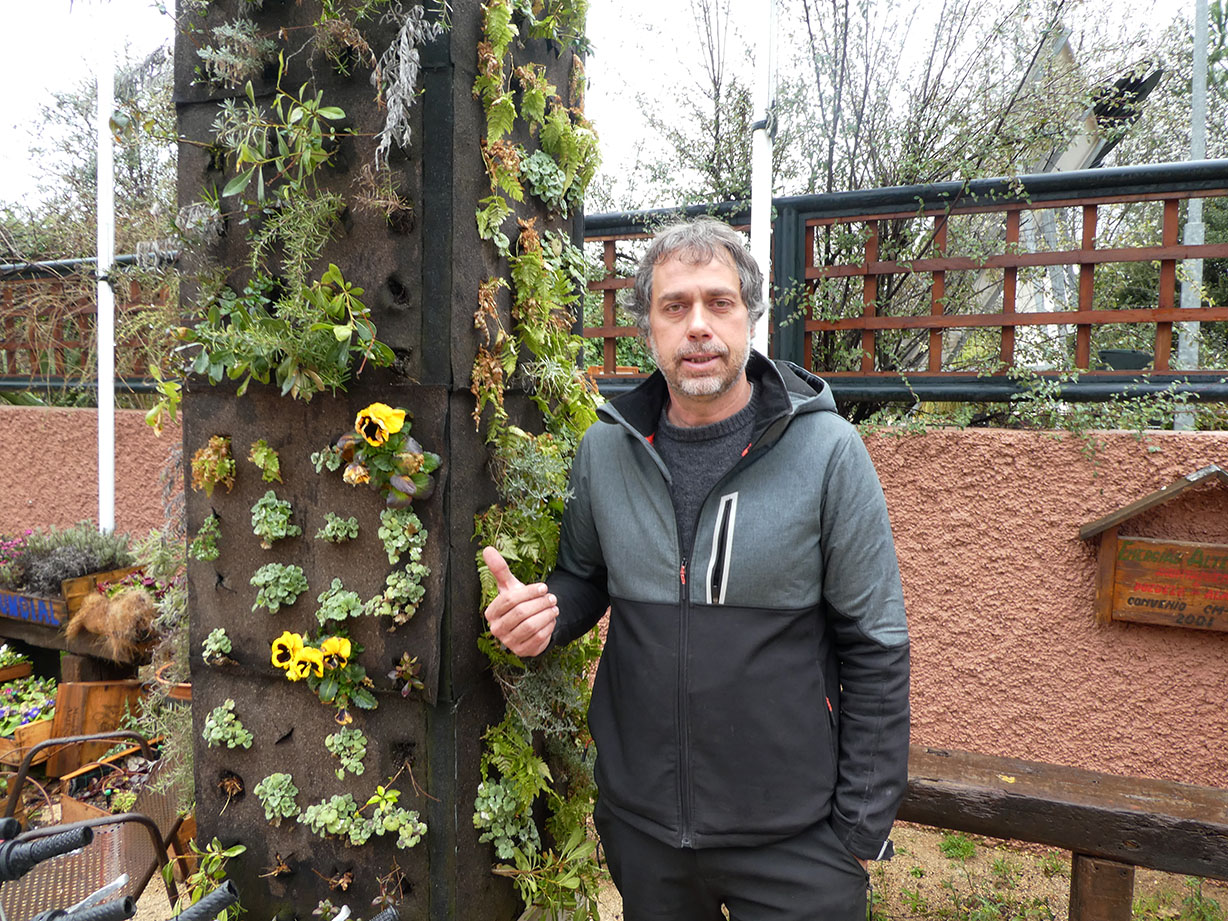
Oscar Dominguez, Hospital de Plantas
A second branch of Señor Dominguez’ research work is the construction of vertical gardens and the exploration of their micro climates. The one shown here is wainscoted with felt and allows a natural circulation of water, light and microorganisms within the unit.
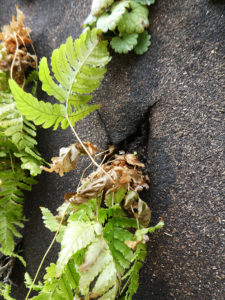
We leave the „Classroom of Environmental Education“ of Pozuelo for a little walk in the nearby Casa De Campo. Once a hunting ground for the royals it is now Madrid’s biggest park covering more than 1,750 hectares. (I leave the touristic details aside here). There is anthother hospital in the vicinity: A hospital for night birds. There is not much hope to meet somebody there. Eva tells me she’s tried already several times. We are more than surprised that the door actually opens…
Yet, cheered too soon: No, no es possible! The staff is just at lunch and the birds are sleeping and must not be disturbed.
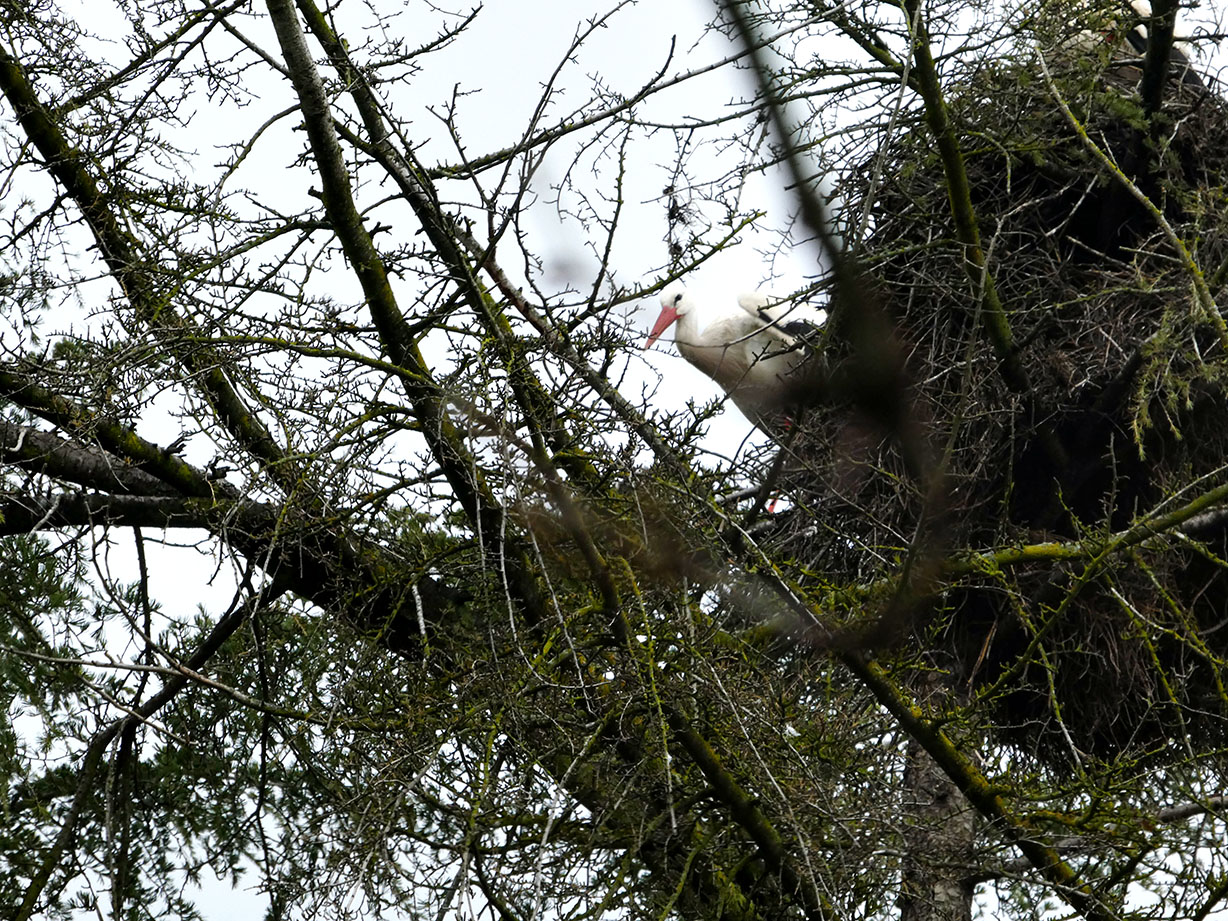
Stork’ nest Casa de Campo
Very wide awake instead are the storks that keep flying almost around our heads. Bundles of twigs hang from their beaks and indeed, Eva points out to a huge nest in the top of a nearby tree.
Two other features of the Casa des Campo: Swarms of green parrots that also nest here and pose (as in many other cities – also in Germany – ) a treat to the native birds, especially the common sparrow (which grows less and less common). Second, hoards of ghostly shaped trees, with hollow trunks and often reaching into the air with one last twisted branch. We put the recorder for the bird sounds into the fork of one branch and walk around… there is this „silky grey“ filter on my camera I try out.
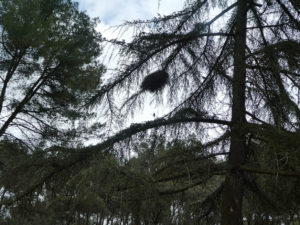
Nest of the “evil” green Parrot
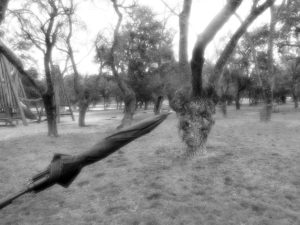
Ghost movie trees




















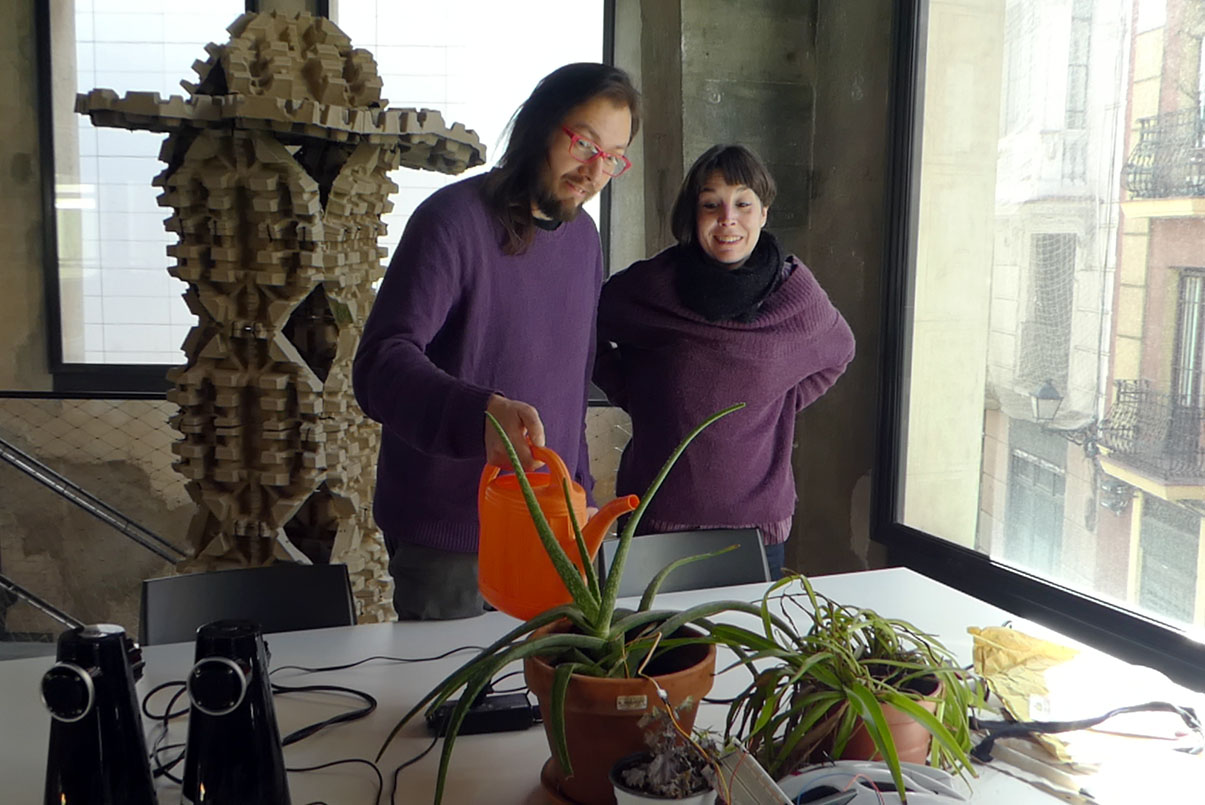 (Übersetzung folgt) Another quick diary of these days in the wonderland of Datscha Radio preparations. You’ll find an introduction of the (steadily growing) team here.
(Übersetzung folgt) Another quick diary of these days in the wonderland of Datscha Radio preparations. You’ll find an introduction of the (steadily growing) team here.
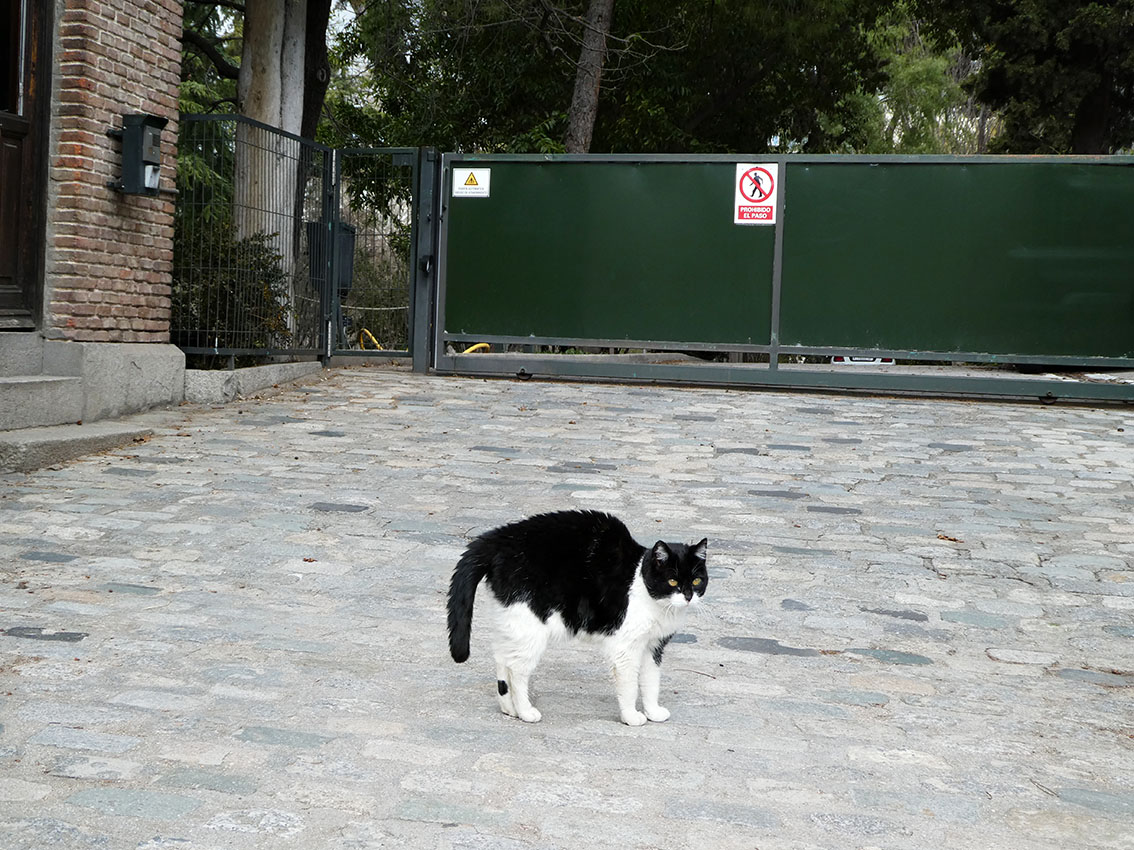
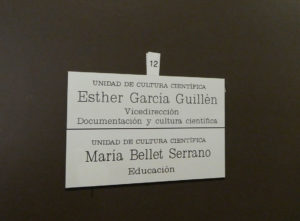
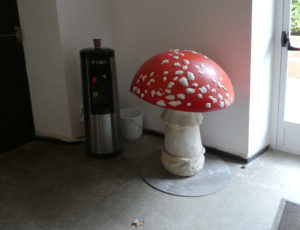
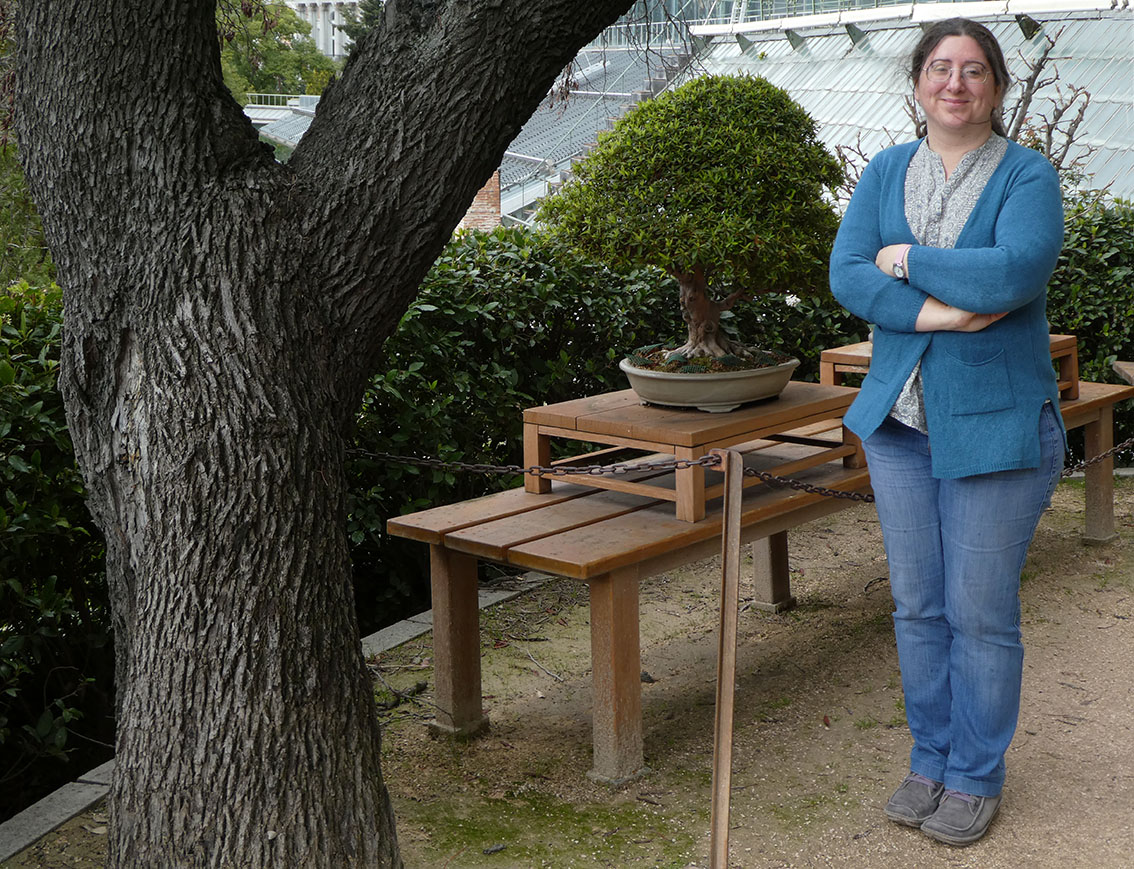








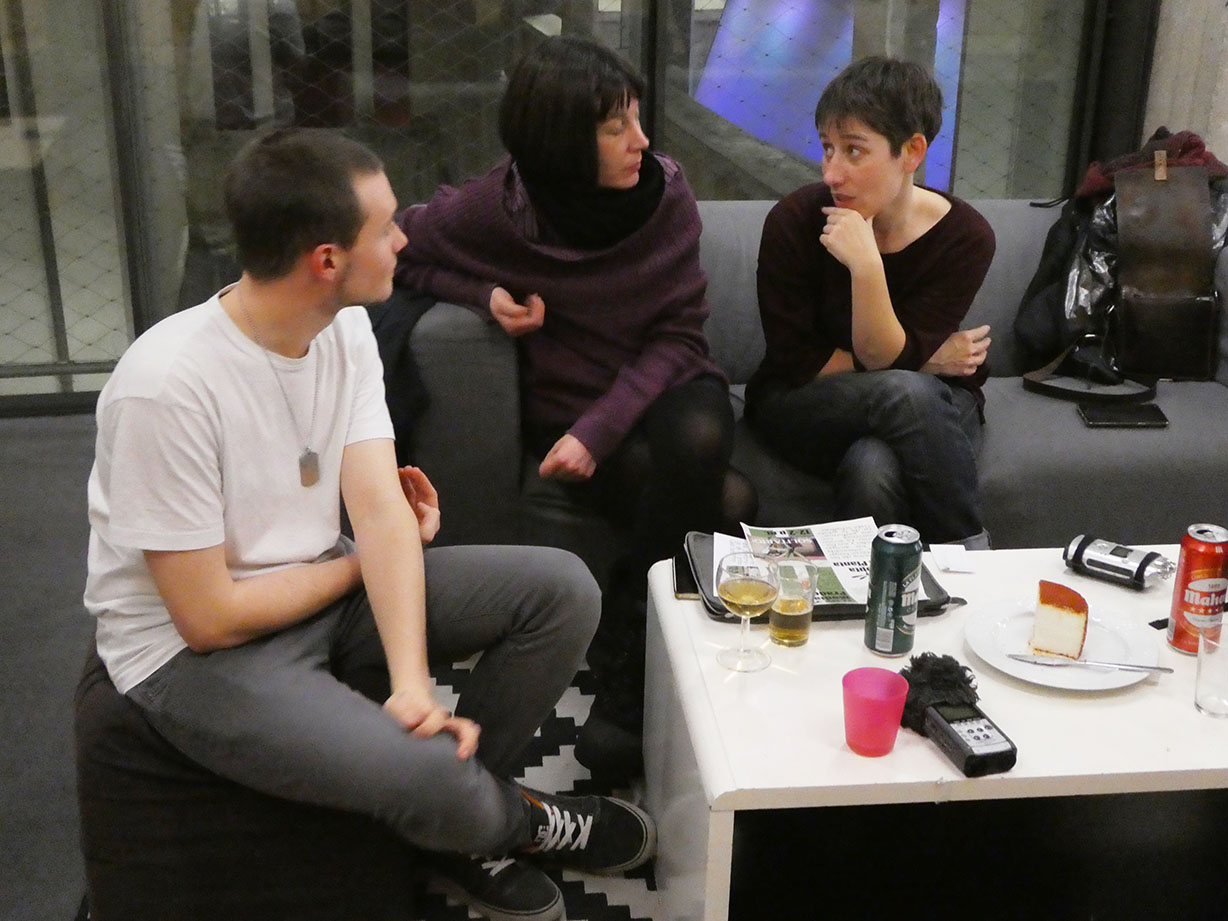

 (Übersetzung folgt) Here’s a very quick update on what is happening in Madrid with Datscha Radio – and an diary of how I spent my day so far.
(Übersetzung folgt) Here’s a very quick update on what is happening in Madrid with Datscha Radio – and an diary of how I spent my day so far.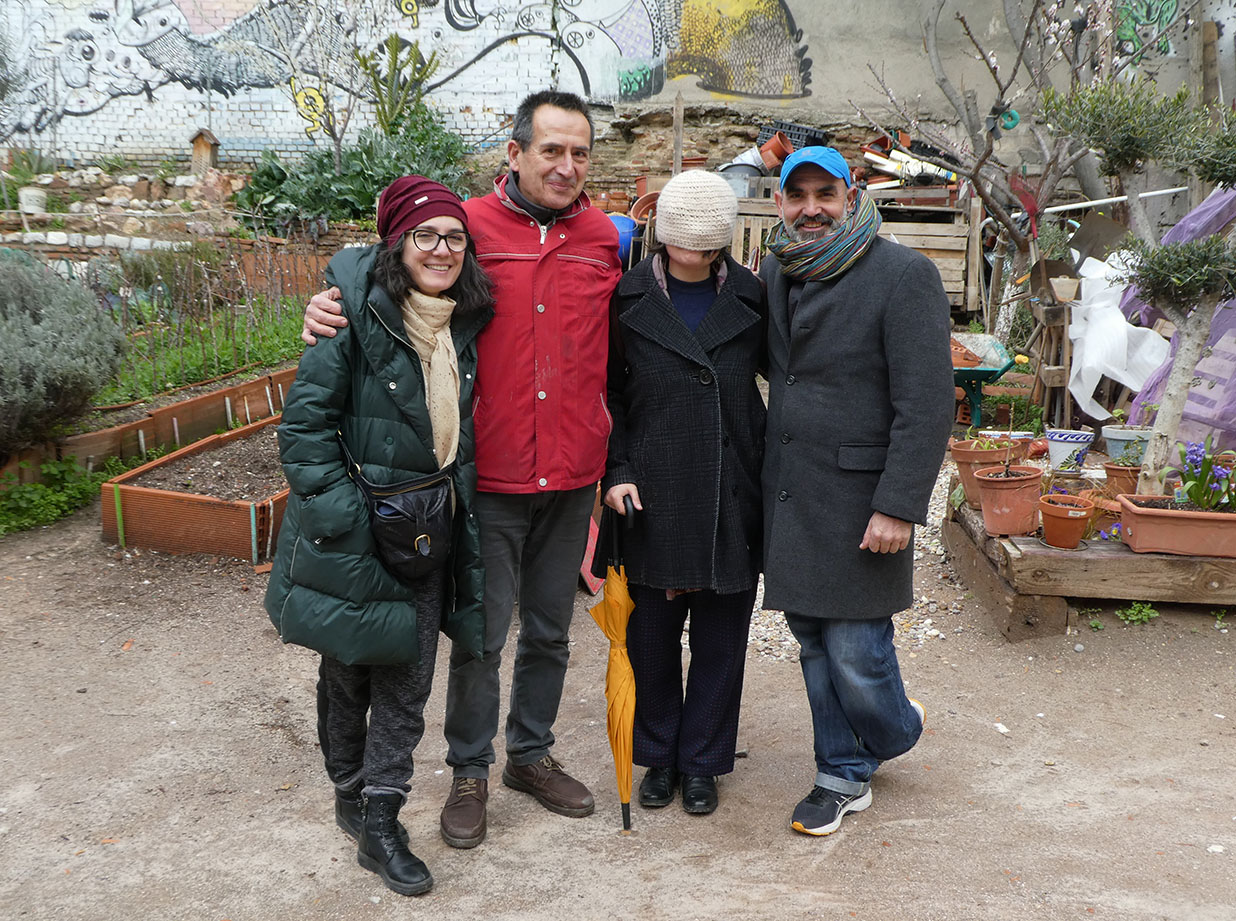

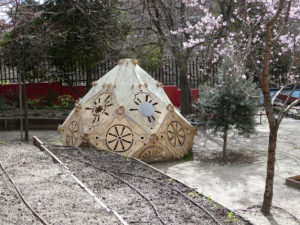
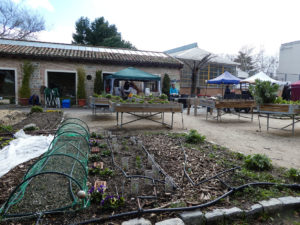
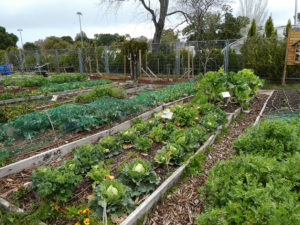
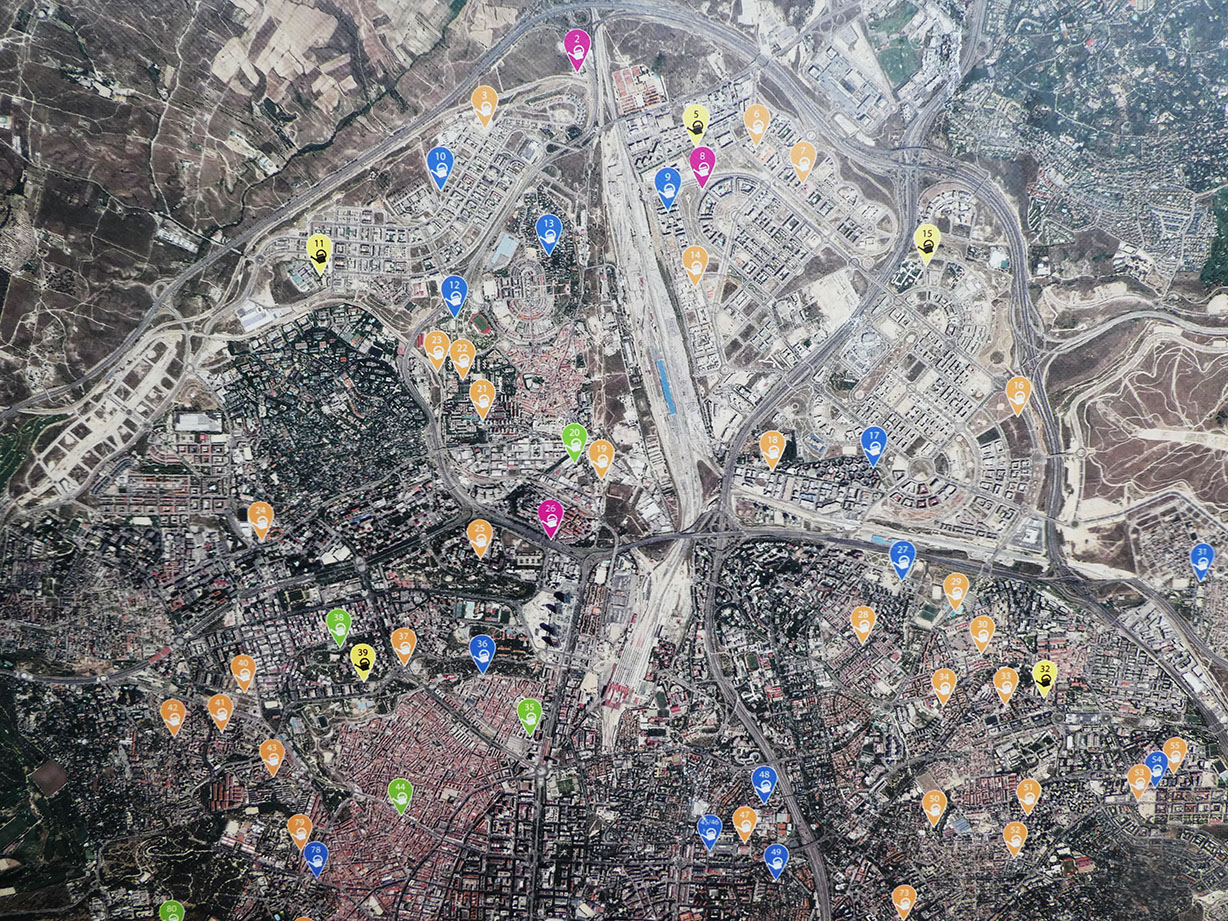
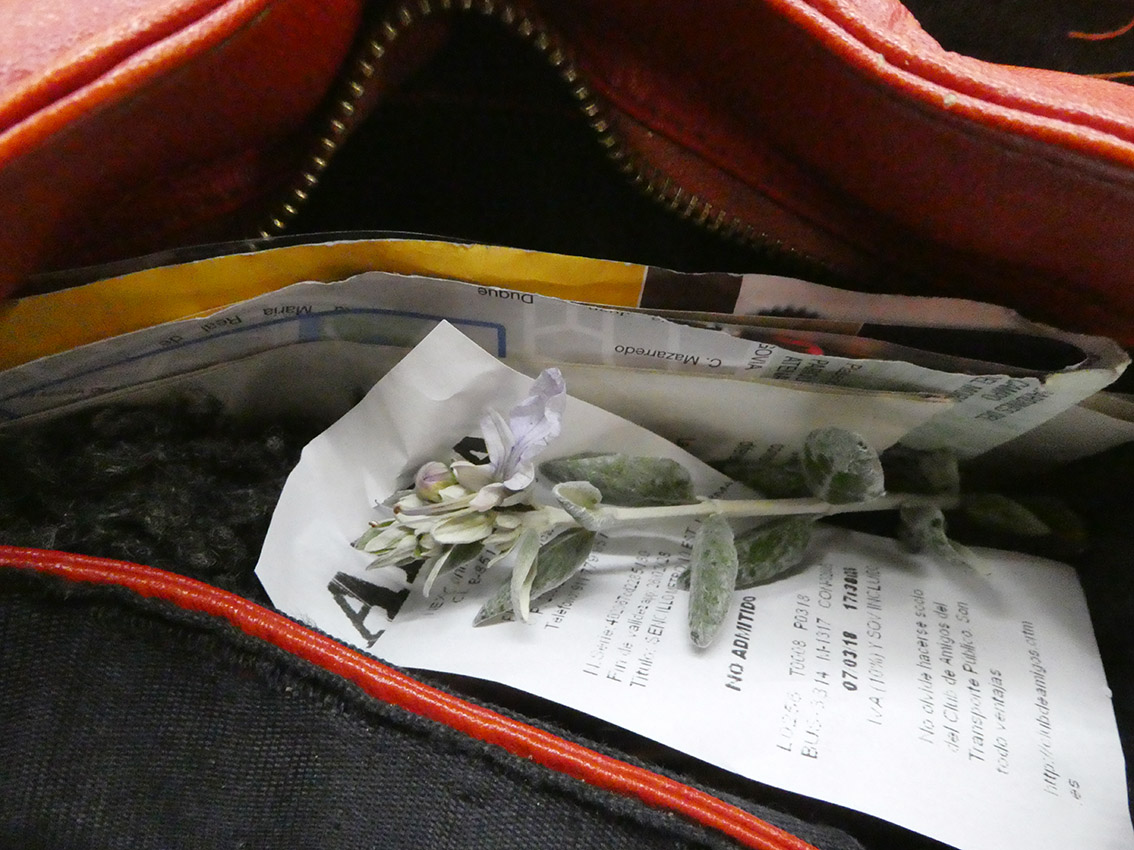
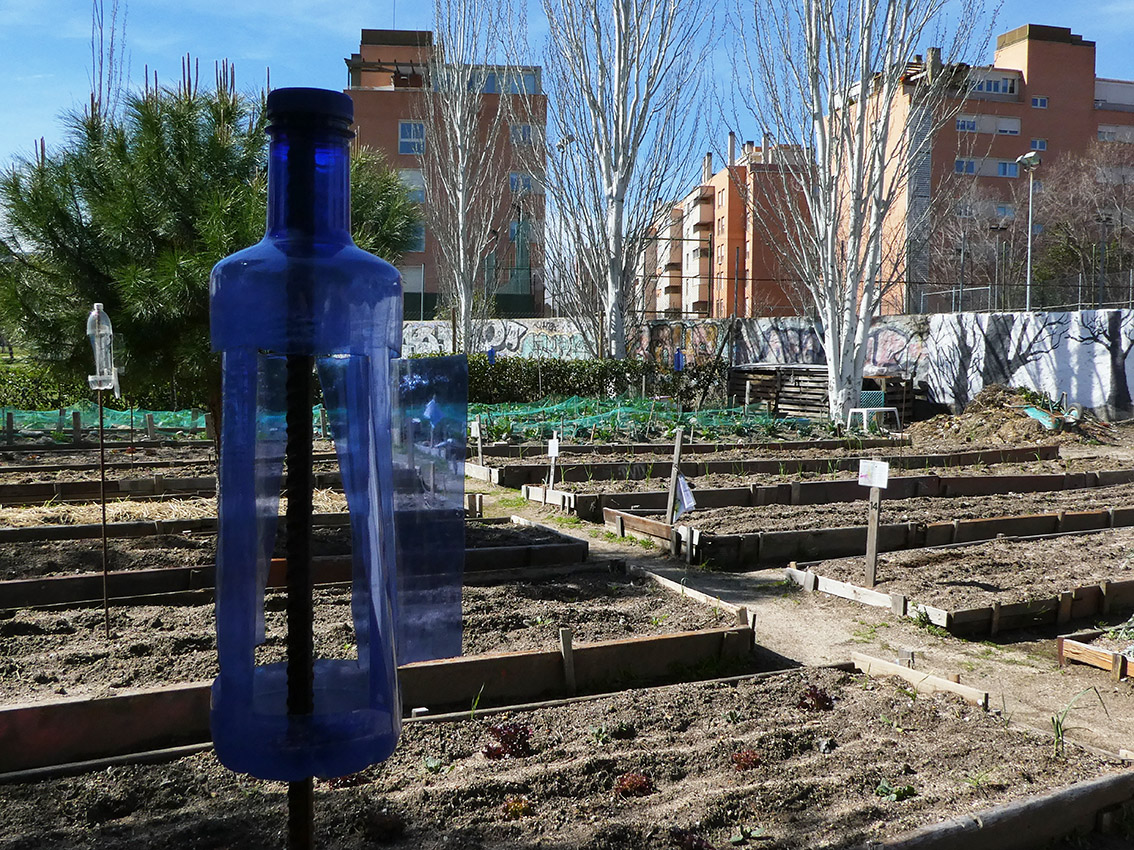
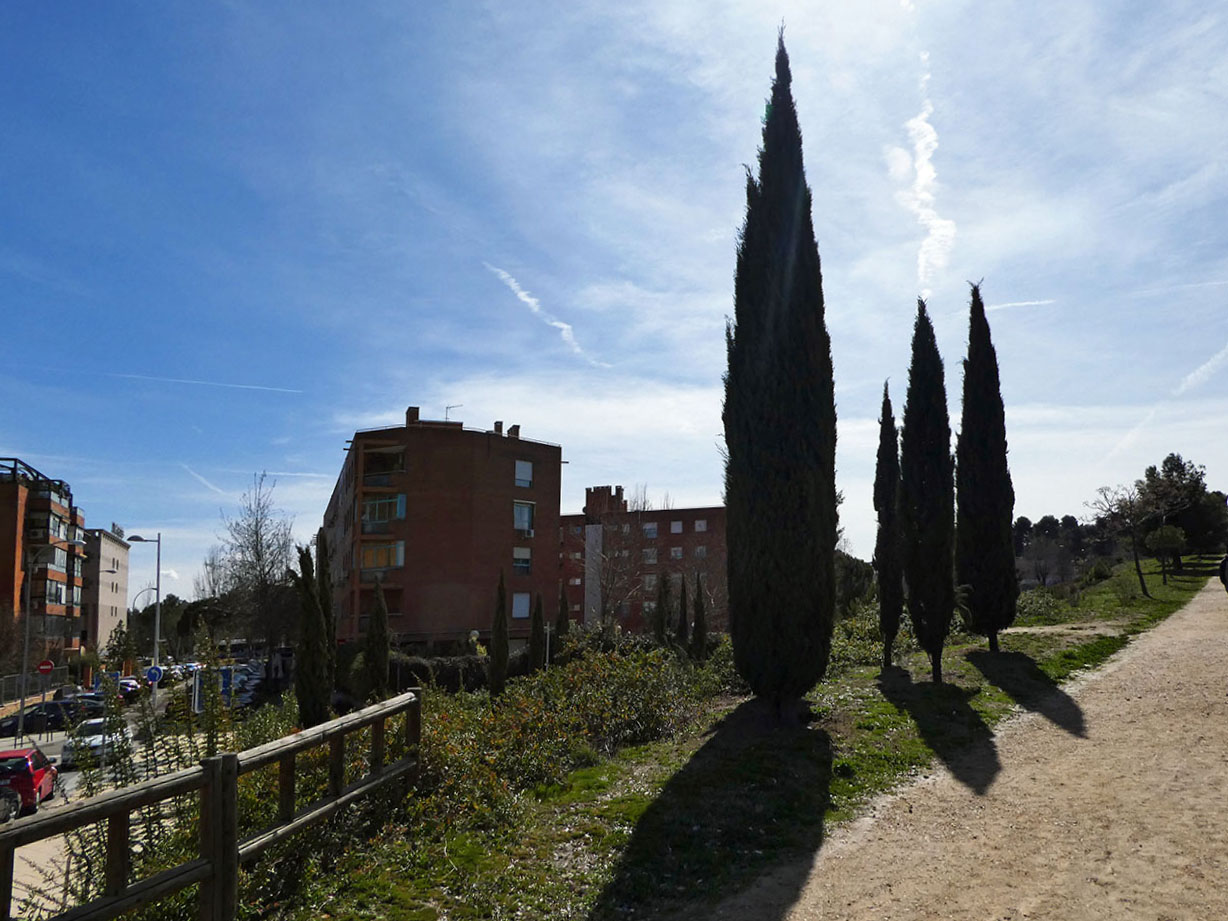
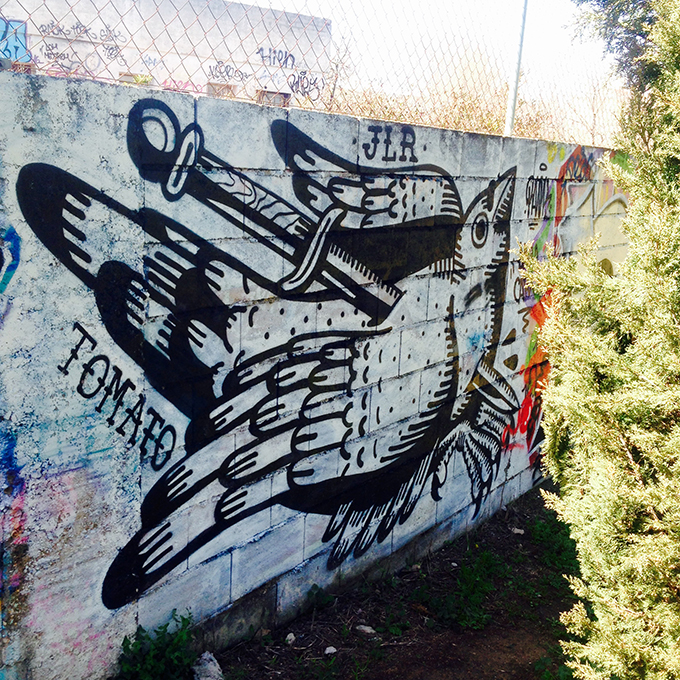
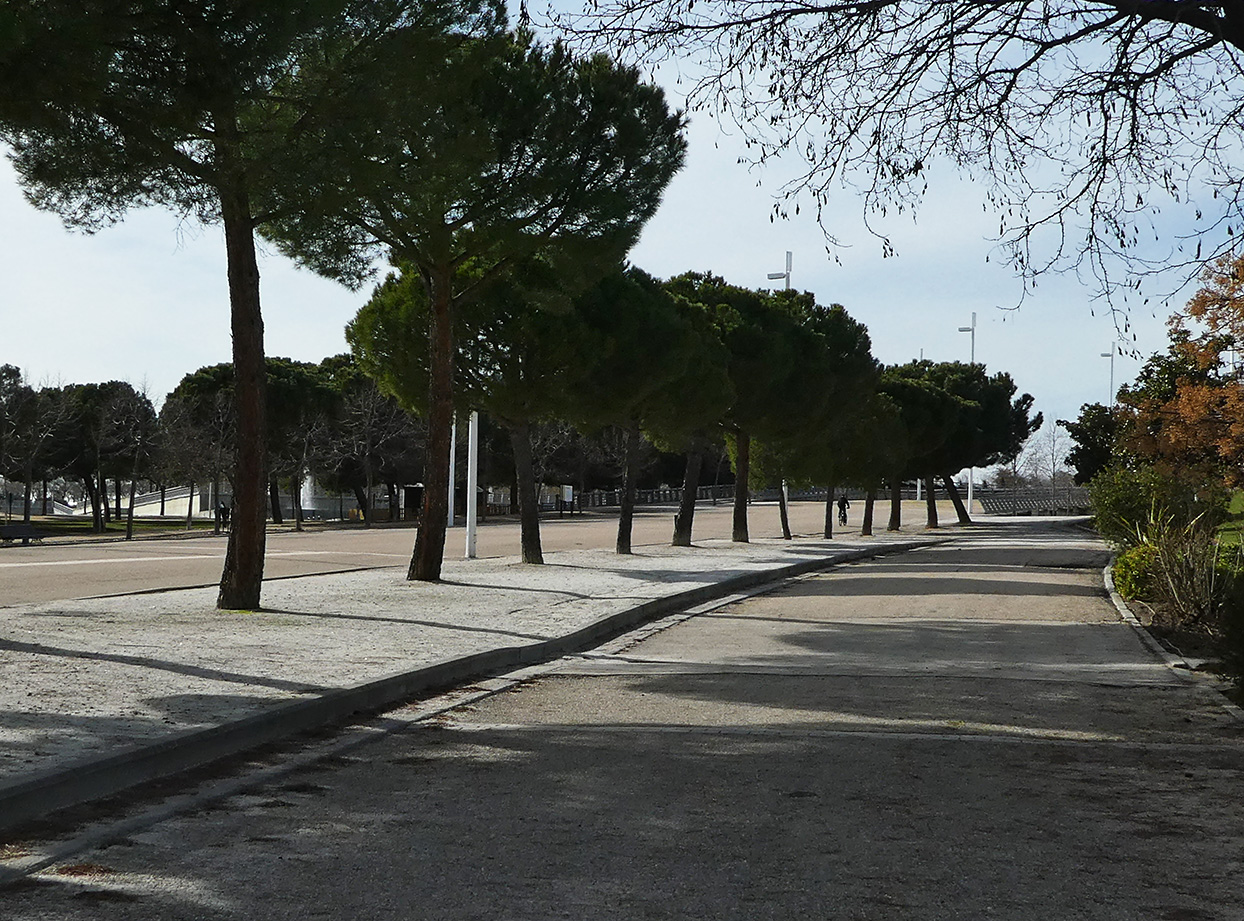
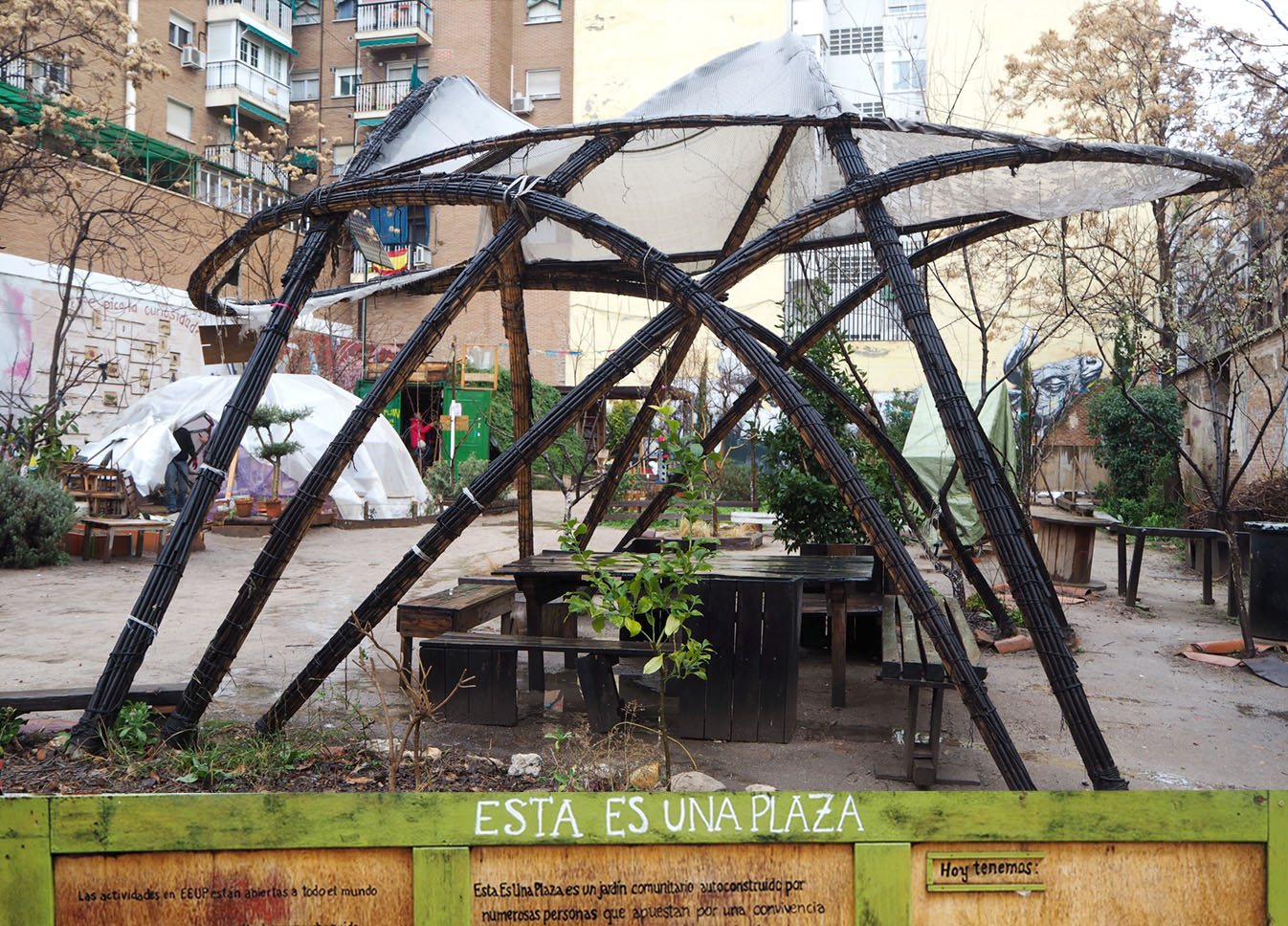 ¡Hola Jardineros!
¡Hola Jardineros! 



























